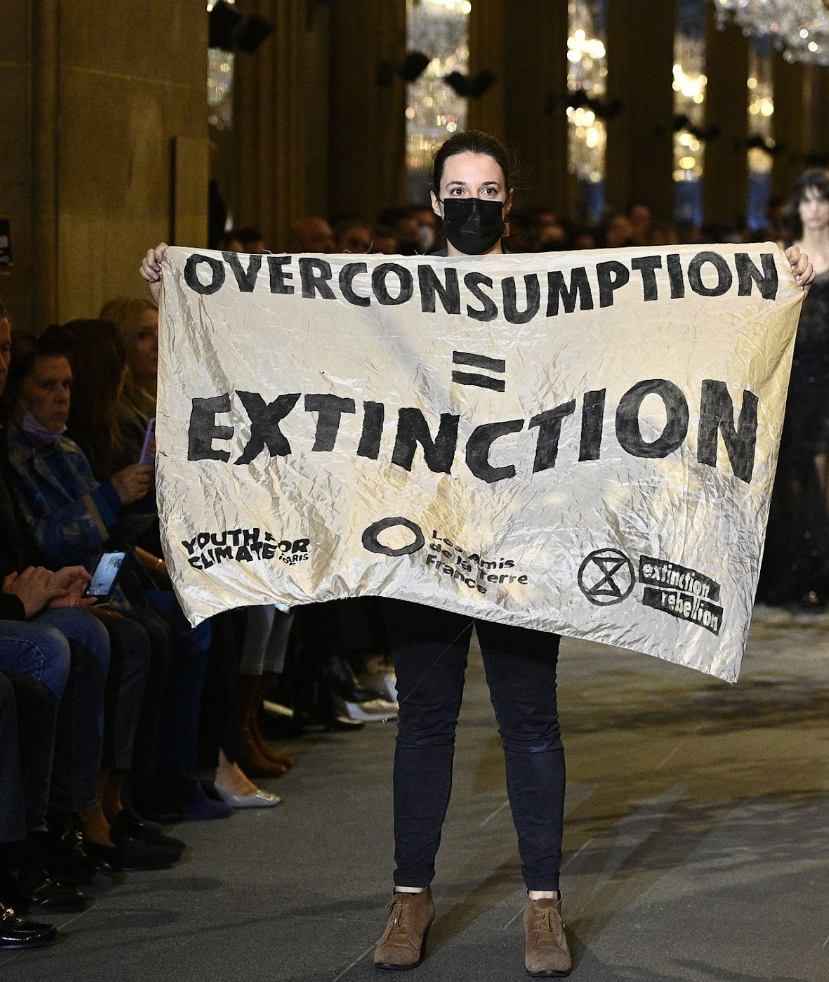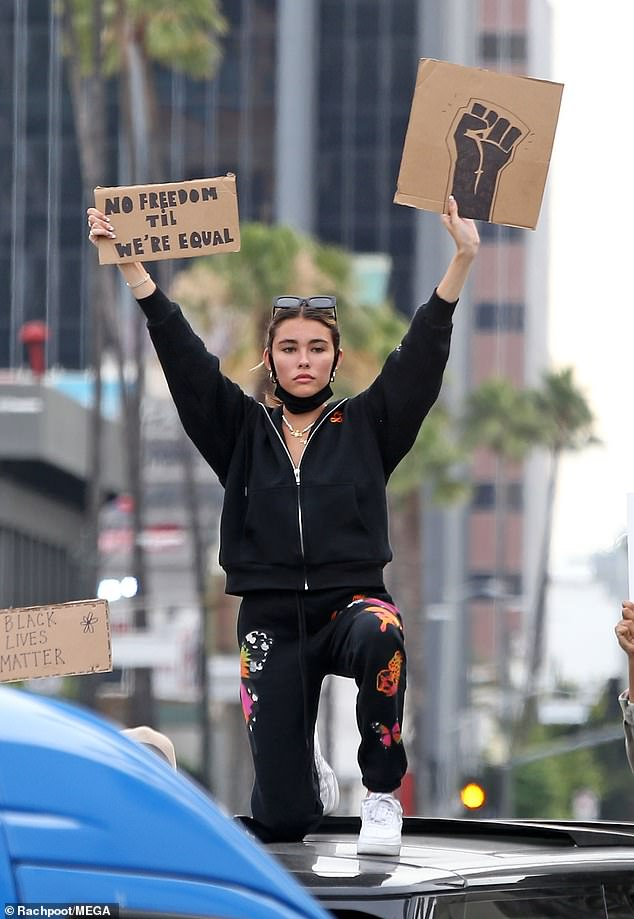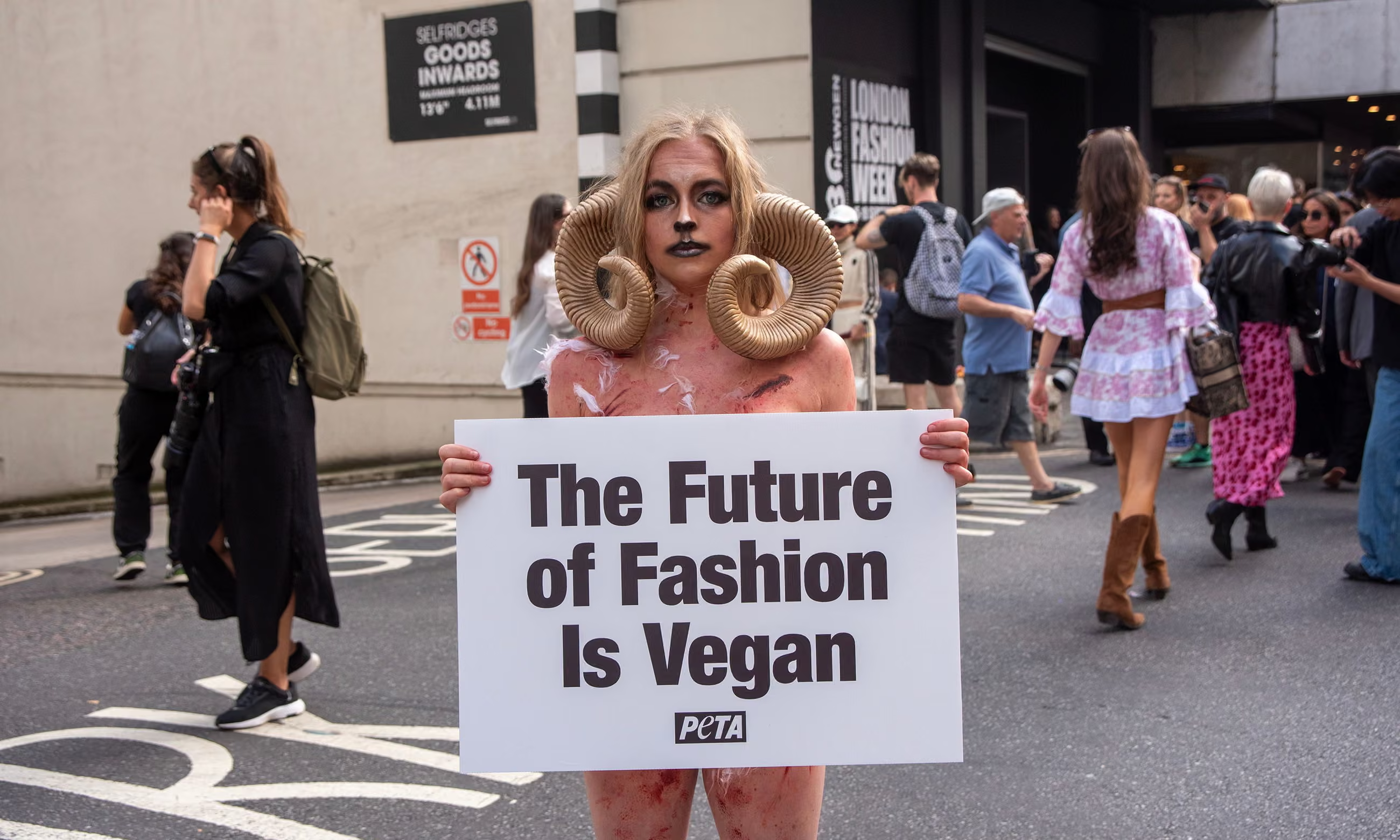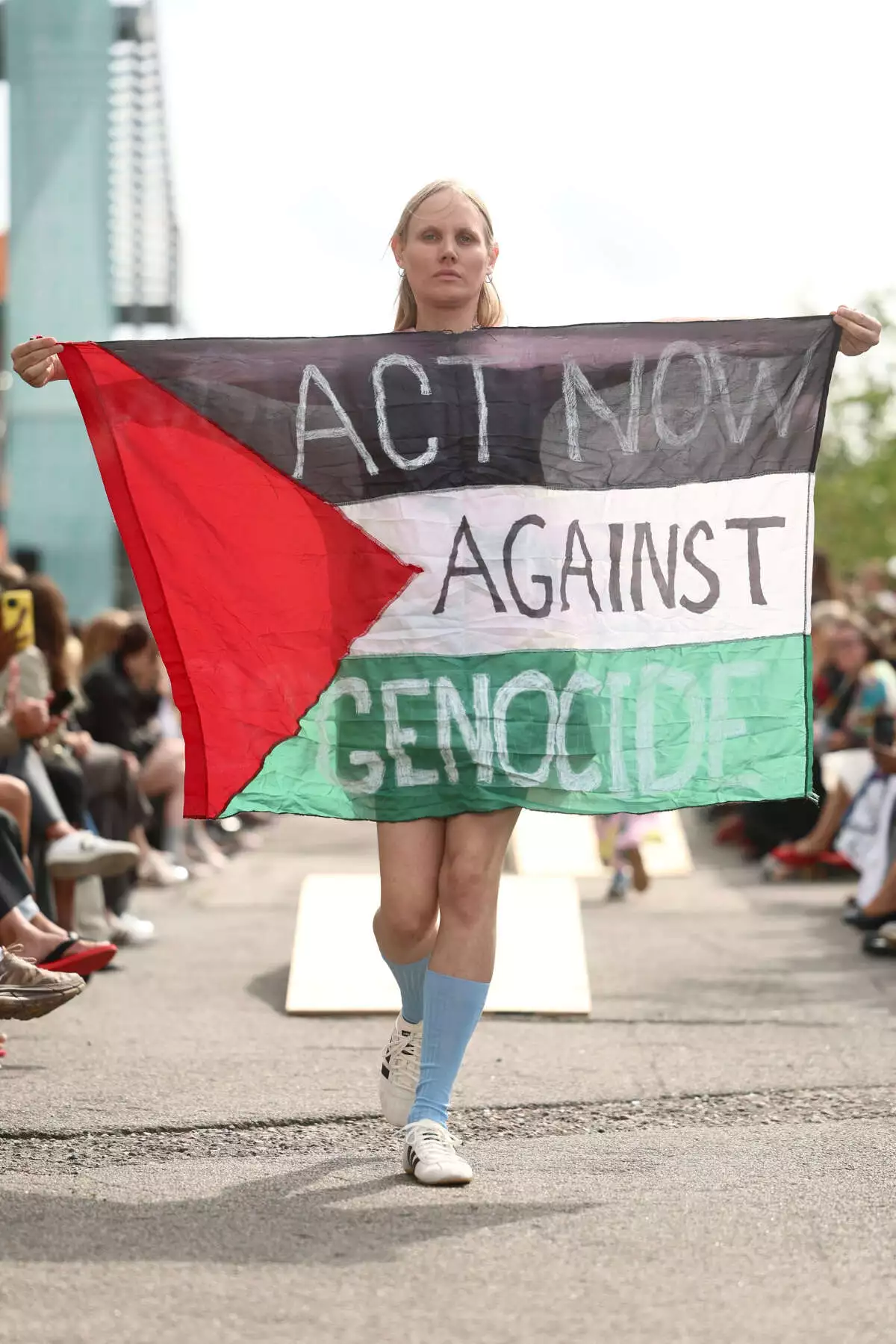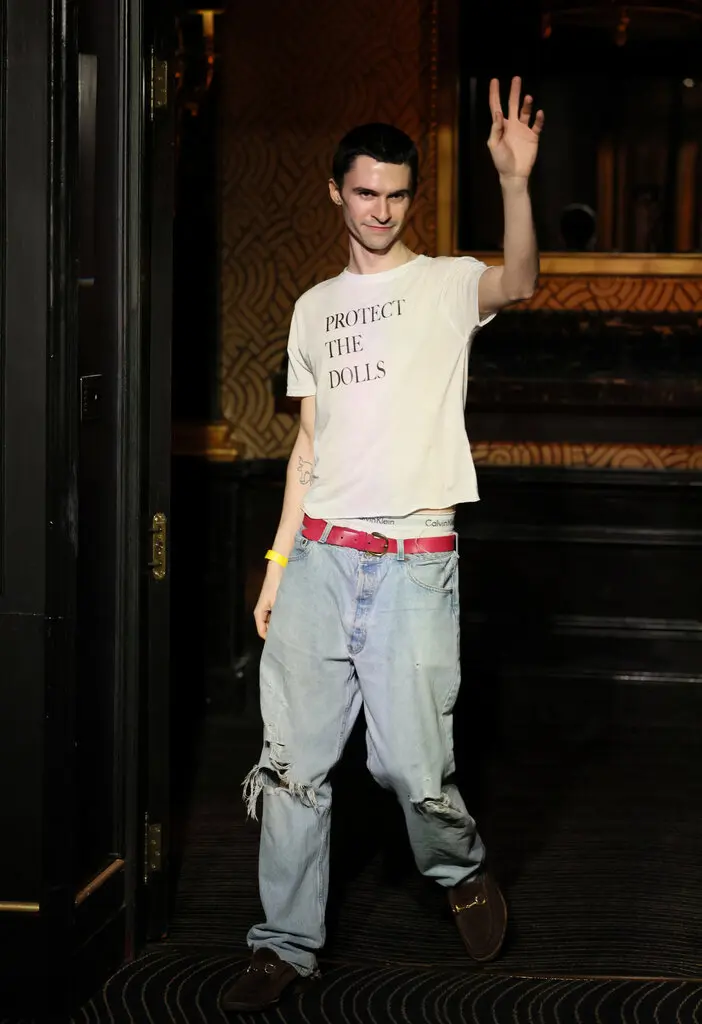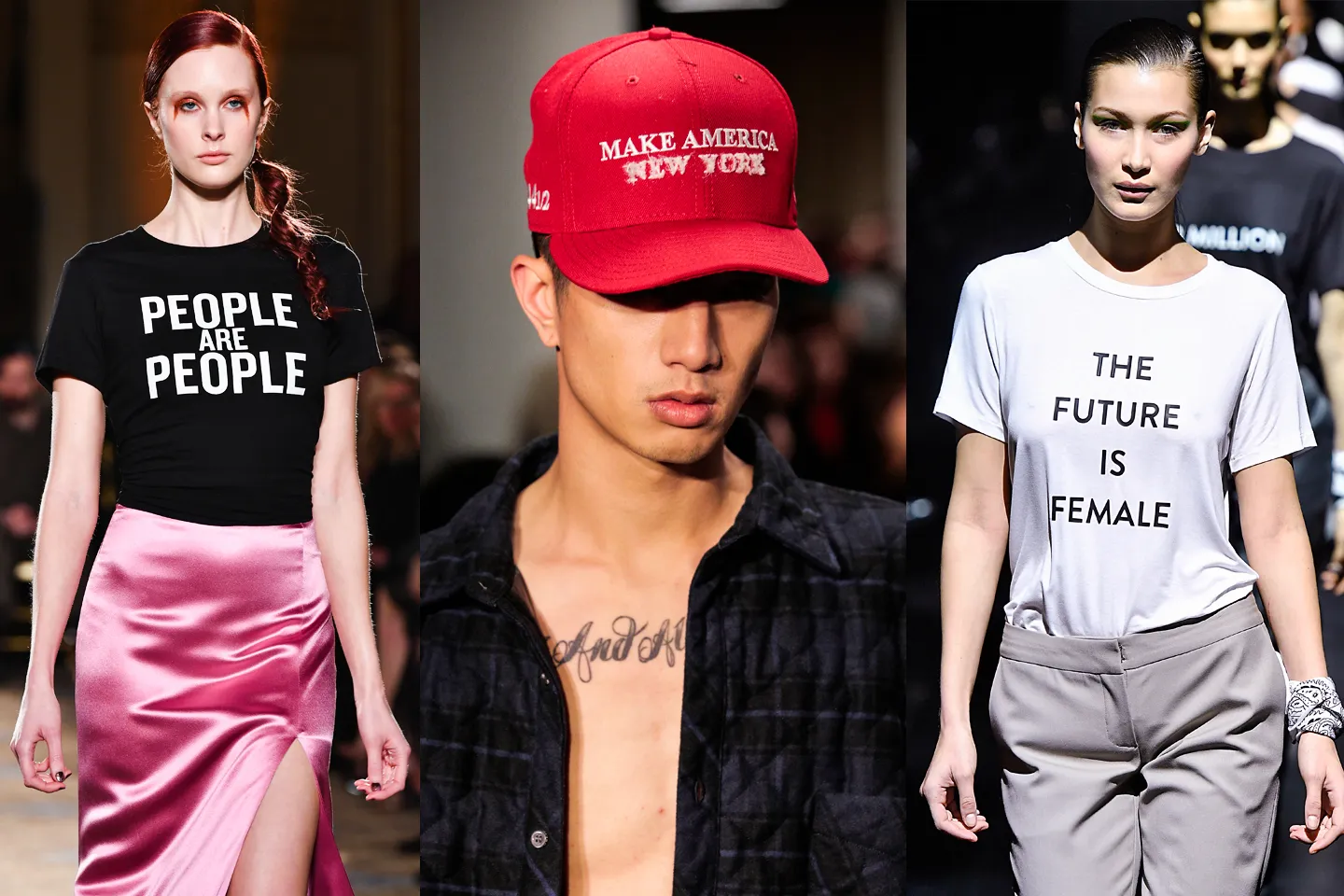PolitEconomics and Their Social Impact on Fashion
Fashion seems like it lives in a world of glamour and aesthetics and make believe, but at its core, it’s deeply tied to the very real flow of economy and politics. These forces influence what’s produced, how it’s marketed, and, most importantly, what consumers are actually willing to buy.
Regardless of the market, economic shifts always leave their mark on fashion.
During a recession, production slows, unemployment rises, and people naturally turn their attention to essentials. Rent, groceries, and bills take center stage, while luxury fashion slides to the bottom of the priority list. What we’re seeing in 2025 is a textbook example of this shift: instead of chasing new designer releases, consumers are flocking to secondhand and thrifted items. Platforms like TheRealReal, ThredUp, and 2nd Street have exploded in popularity over the past year, not just because they’re budget-friendly, but because they offer a sense of value and sustainability that resonates during hard times.
Secondhand shopping also scratches the itch of “newness” without the guilt of overspending. Consumers can still refresh their wardrobes, but at a fraction of the cost, often with pieces that feel unique or one-of-a-kind. The interest in resale and thrifting always spikes during downturns, and this moment is no different. The result? Fewer splurges on luxury goods, a stronger emphasis on practicality, and a growing cultural embrace of fashion that’s as resourceful as it is expressive.
By CHRISTOPHE ARCHAMBAULT/AFP/Getty Images.
Thrifting has become a form of activism in itself. Many online communities have rewritten secondhand shopping as part of a larger cultural and political movement, one tied to sustainability, anti-consumerism, and resistance to fast fashion. Shopping resale allows buyers to signal that they care about reducing waste, lowering their negative environmental impact, and stepping away from the exploitative practices often tied to big fashion conglomerates.
Of course, as comes with all waves in activism, there’s also the peer pressure element. Being environmentally conscious isn’t just an individual choice anymore, it’s a social expectation. Many young people feel a responsibility to align their shopping habits with their ethics, whether that means supporting small businesses, boycotting major corporations, or prioritizing sustainable fashion practices. And secondhand fits perfectly at the intersection of affordability, individuality, and activism. This is also reflected in the increase of influencers and celebrities going out of their way to promote or engage with activities or brands that seem politically correct or for noble causes. As is the double sided coin of politics, with social protesting and pressure to be the best or noblest person, comes performative activists and performative influencers.
There’s a layer that goes even deeper than money or the weather: politics and social change. Fashion has always been more than fabric, it’s been a language of resistance, identity, and belonging. In times of crisis, whether it’s wars, natural disasters, or political scandals, people often turn to fashion not just as comfort, but as a way to reclaim control in a chaotic world.
Clothing becomes a symbol, a tool for protest, and a way to say this is who I am, this is what I stand for. Fashion has always been political from the start. From the suffragettes who wore pants as a defiant rejection of restrictive gender roles, or the animal rights activists whose anti-fur campaigns redefined luxury as cruelty-free. Today, we see the same momentum in the rise of vegan leather, sustainable fabrics, and ethically sourced materials, all fashion choices that double as political statements.
By Krisztian Elek/SOPA Images/Shutterstock
Social media has poured gasoline on the flames of this growing phenomenon. A slogan T-shirt, a symbolic accessory, or even a hashtag-friendly outfit can go viral in hours, spreading a political message across borders faster than any press release ever could. What once might have been a quiet, personal choice, like refusing to buy fast fashion, can now turn into a full-fledged movement amplified by TikTok, Instagram, and Twitter.
So far has this anti-indulgence culture gone that it's reached around to what it's always fought against, making runway political.
During a show for
Marimekko during Copenhagen Fashion Week, model and musician Jura carried a Palestinian flag on the runway, with the message “Act now to stop Genocide.” The keffiyeh also made appearances in skirts, scarves, and dresses, an explicit gesture of solidarity with Gaza.
Alongside this, designer
Conner Ives debuted a T-shirt slogan “Protect the Dolls,” referencing transgender culture and ballroom terms. It quickly spread, worn by celebrities and political figures alike, turning a fashion item into a visible symbol of support for the transgender community.
By: Isabel Infantes/Reuters
Of course, one of the first and most well known instances of fashion runways embracing politics and fashion as a mode of political expression is
Sophie Theallet in 2016-17. She publicly stated via an open letter that she would refuse to dress Melania Trump, citing values of diversity, inclusion, and opposition to the rhetoric she saw as coming from Donald Trump’s campaign.
The impact of her openly political stand broke the idea that all designers must remain a-political in order to maintain their PR. Following her runway, other designers like Marc Jacobs, Tom Ford, Phillip Lim, among others, also took public stances refusing to dress the future First Lady. It was more than just fashion, it was a moment where designers used their platform to draw lines based on personal and political ethics.
In the wake of Sophie Theallet’s bold stance, a broader wave of “protest tees” crashed onto New York Fashion Week’s runways in 2017, and Vanity Fair documented the moment as a turning point. Designers like Prabal Gurung and Christian Siriano used soft knits and street-style T-shirts as political canvases, featuring slogans such as “The future is female,” “I am an immigrant,” “People are people,” and “Revolution has no borders.” Gurung’s collection in particular drew from the energy of the Women’s March earlier that year, declaring that fashion had a responsibility not to offer escapism but to reflect a more “optimistic reality.” Siriano, meanwhile, used proceeds of his “People are people” shirt to support the ACLU, proving that political fashion could align with action, not just slogans.
From left to right: By Victor Virgile/Gamma-Rapho, Randy Brooke/WireImage, Slaven Vlasic, all from Getty Images.
What’s fascinating is how big this movement has become: what started as a backlash against fashion’s excesses or silence on social issues is now itself a defining feature of the industry. Unlike before, now designers are expected to take stances. Brands are scrutinized not just for what they make, but who they make it for, who they are associated with, and what values they broadcast. Sometimes that means choosing not to work with certain clients, sponsoring certain causes, or altering materials and labor practices to align with ethical expectations.
At the same time, this growth means that the activism layer becomes a kind of trend, something that can be adopted superficially. The risk is that activism in fashion becomes performative, reduced to slogans, hashtags, or one-off capsules rather than consistent value and structural change. In other words, some of what was once “against the system” ends up becoming part of what people expect out of fashion itself, and sometimes gets co-opted by the very institutions activism was critiquing.
It was always inevitable that fashion would outgrow it's honest roots as just clothing. Fashion has always been about more than fabric. It’s a mirror of the world around us, whether shaped by economic downturns, shifting climates, or political unrest, what people wear is never separate from the lives they’re living. Today’s cycles of thrifting, sustainable materials, protest statements, and luxury splurges are all part of the same bigger picture: clothing as both necessity and expression.
As society moves forward, the question isn’t whether fashion will continue to respond to these forces, it’s how. Will it lean further into sustainability and activism? Will it find ways to balance accessibility with artistry? Or will it risk commodifying its own movements until the messages lose their edge? What’s certain is that fashion will keep evolving and people will keep turning to it not just to cover themselves, but to say something about who they are and what they stand for.
At the end of the day, fashion isn’t just about style, it’s survival, it’s politics, it’s identity. Every coat, every bag, every slogan tee is connected to something bigger, whether that’s a struggling economy, a changing climate, or a fight for human rights. That’s why it matters.
- Binkley, C. (2017, February 21). Fashion week’s anti-trump runway politics. The New Yorker. www.newyorker.com/...
- Bramley, E. V. (2023, September 20). “We managed to draw quite a crowd”: A brief history of protest at Fashion Weeks. The Guardian. www.theguardian.com/...
- Bryant, K. (2017, February 16). A comprehensive guide to the protest tees of new york fashion week. Vanity Fair. www.vanityfair.com/...
- Dyke, E. V. (2025, August 8). Model uses Copenhagen catwalk to protest genocide in Gaza. Dazed.
- Gupta, A. H. (2025, April 18). A Simple Slogan Creates a Shirt and a Sensation. The New York Times. www.nytimes.com/...
- Gupta, C. (2025, March 24). Fashion As Resistance: When Clothing Becomes a Political Act. The Varsity. thevarsity.ca/...
- Justin Enriquez, U. A. S. E. (2020, June 4). Madison Beer denies “performative activism” of staging Black lives matter protest photo op: “I was there to spread a message I believe in.” Daily Mail Online. www.dailymail.co.uk/...
- Sayed, A. (2025, August 16). Copenhagen Fashion Week turns into public display of Gaza solidarity. Leaders. www.leaders-mena.com/...
- Solá-Santiago, F. (2022, March 15). Why Activists Are Crashing Fashion Runways in 2022. Refinery29. www.refinery29.com/...
APA Style Citations
